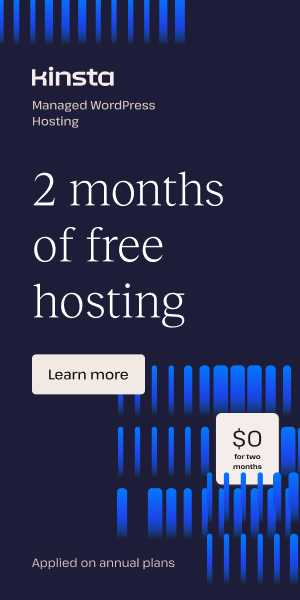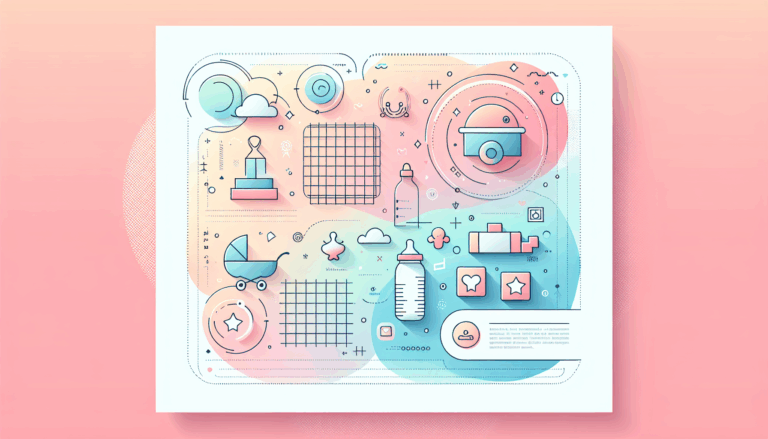Gutenberg Blocks from Figma Designs
Understanding the Essentials of Converting Figma Designs to WordPress Blocks
The intersection of modern design tools and powerful content management systems has made it possible to transform creative visions into functional websites faster than ever. When it comes to turning Figma designs into WordPress Gutenberg blocks, the process involves a series of meticulous steps that blend design precision with technical development. The Figma2WP service specializes in this kind of seamless conversion, catering especially to clients in the USA, UK, and Canada, where demand for customized WordPress blocks and editor customization is steadily growing.
Why Convert Figma to Gutenberg Blocks?
Gutenberg, the block-based WordPress editor, revolutionizes how content is created by offering modular blocks that can be customized extensively. Converting Figma designs into these Gutenberg blocks allows designers and developers to maintain the integrity of their original visual concepts while delivering dynamic, editable components directly within WordPress. This approach:
- Preserves design fidelity: Precise visual elements from Figma translate directly into web-ready blocks.
- Enables editor customization: Site owners can easily modify content using the block editor without touching code.
- Improves workflow efficiency: Automates and accelerates front-end development.
By bridging the design and development gap, clients gain a powerful way to control their website’s look and feel with enhanced flexibility.
Step-by-Step Workflow for Figma to Gutenberg Conversion
1. Meticulous Figma Design Preparation
The journey starts inside Figma, where organizing your project is crucial. Label layers clearly, group components logically, and simplify any complex UI parts that might be hard to rebuild in Gutenberg. Using Figma’s Dev Mode can be transformational—it lets you inspect CSS, exact typography values, spacing, and export assets in web-friendly formats such as SVG or PNG.
2. Setting Up a Robust WordPress Development Environment
Before conversion, ensure your WordPress setup is ready. This includes:
- Installing the latest WordPress version and activating the Gutenberg plugin if needed.
- Creating a child theme to keep your customizations safe from updates.
- Familiarizing with the Gutenberg editor’s API and default blocks, essential for custom block creation.
This foundation is crucial since it supports custom block registration and integration of your Figma design into the CMS.
3. Component Export & Block Creation
Next, export Figma components (buttons, headers, sections) preferably as scalable SVGs for crisp visuals and CSS styling flexibility. Sometimes, PNGs are required for complex effects.
Then, using tools like create-guten-block boilerplate or advanced Figma plugins such as UiChemy, you generate the base code for each Gutenberg block. Plugins like UiChemy can automatically tag your Figma designs to correspond with Gutenberg blocks, offering a streamlined, no-code-to-minimal-code solution for full website generation.
4. Importing and Customizing Blocks in WordPress
After block code is generated, import the blocks into your WordPress installation:
- Paste the HTML/CSS output directly in custom Gutenberg blocks or embed within theme files.
- Use WordPress block APIs to register these blocks properly, allowing editor customization—change colors, typography, and layout on the fly.
- For animation enhancements, consider plugins such as the Animation and Design Converter for Gutenberg Block, which can add parallax, fade, and slide animations without coding.
Real-World Success: Case Studies and Tools That Enhance Figma to Gutenberg Conversion
Case Study: Rapid Brand Website Launch
A brand based in Toronto needed a custom WordPress site that matched their precise Figma prototype. Using the Figma2WP service, the team:
- Optimized their Figma file with well-labeled components and uniform styles.
- Leveraged the Figma2WP platform to convert complex landing page designs into fully editable Gutenberg blocks.
- Enabled the marketing team to modify text and images easily through the Gutenberg editor, speeding up content publishing without developer delays.
The result was a fully responsive, pixel-perfect website launched two weeks ahead of schedule, with a flexible block structure that adapted as the brand evolved.
Highlighting Tools to Streamline Your Workflow
- UiChemy Figma to Gutenberg Converter: A plugin and web app combo turning Figma frames into editable WordPress blocks instantly.
- Kinsta’s Figma to WordPress Guide: A comprehensive tutorial that explains different conversion techniques including block-centric approaches.
- Create Guten Block Tool: A developer-friendly toolkit to scaffold custom Gutenberg blocks integrating Figma assets.
- Advanced Animation Gutenberg Plugin: For adding compelling interactive animations synchronized with your Figma design.
Benefits of Editor Customization Through Gutenberg Blocks
Integrating your Figma design as Gutenberg blocks means end-users don’t need advanced skills to update content. They benefit from:
- Drag-and-drop content editing that respects your brand’s design guidelines.
- Quick style changes without writing CSS by adjusting block settings.
- Reusable blocks across different pages for consistent design language and faster updates.
- Improved website performance through lightweight, modular design components optimized for speed.
Such editor customization elevates both the user experience and overall site maintainability.
Planning Your Figma to Gutenberg Project With Experts
Moving from design to a fully functional WordPress site with custom Gutenberg blocks can be complex but rewarding. The Figma2WP Service offers tailored solutions including design audit, block development, and full site conversion, ensuring your digital presence is robust and scalable.
Whether you’re a design agency, a brand manager in the UK, a business owner in Canada, or a developer in the USA eager to enhance your workflow, partnering with a reliable conversion service accelerates your time to market while preserving your creative intent.
Explore the possibilities by connecting with industry leaders and developers proficient in both Figma and WordPress Gutenberg at platforms like WPBeginner’s Gutenberg overview and consider tools such as Adobe XD, which offer complementary design-to-code solutions for comparison.
Wrapping Up Your Journey From Design to Dynamic WordPress Blocks
Unlock the full potential of your design by choosing the right processes and tools for converting Figma designs to Gutenberg blocks. The synergy of visual design and block-based content management empowers your website to be both beautiful and easy to maintain. Don’t hesitate to leverage expert services such as Figma2WP to transform creative concepts into interactive, high-performance WordPress experiences.
Ready to elevate your WordPress editing capabilities with stunning blocks derived directly from your Figma designs? Contact us today and discover how simple and effective wp blocks conversion and editor customization can be!
More From Our Blog
Building a Trusted Online Hub for Parents: The Role of Design In today’s digital landscape, parenting websites and child care blogs serve as invaluable resources for families seeking guidance, community support, and expert advice. Creating an engaging, trustworthy, and user-friendly platform is essential for these sites to thrive, and design tools like Figma2WP Service have Read more…
Unlocking the Power of Hands-On Web Design with Modern Tools In today’s digital age, the ability to craft your own website has transformed from a daunting technical challenge into an engaging creative process accessible to enthusiasts, DIYers, and professionals alike. Services like Figma2WP Service empower you to convert your design concepts into fully functional WordPress Read more…


